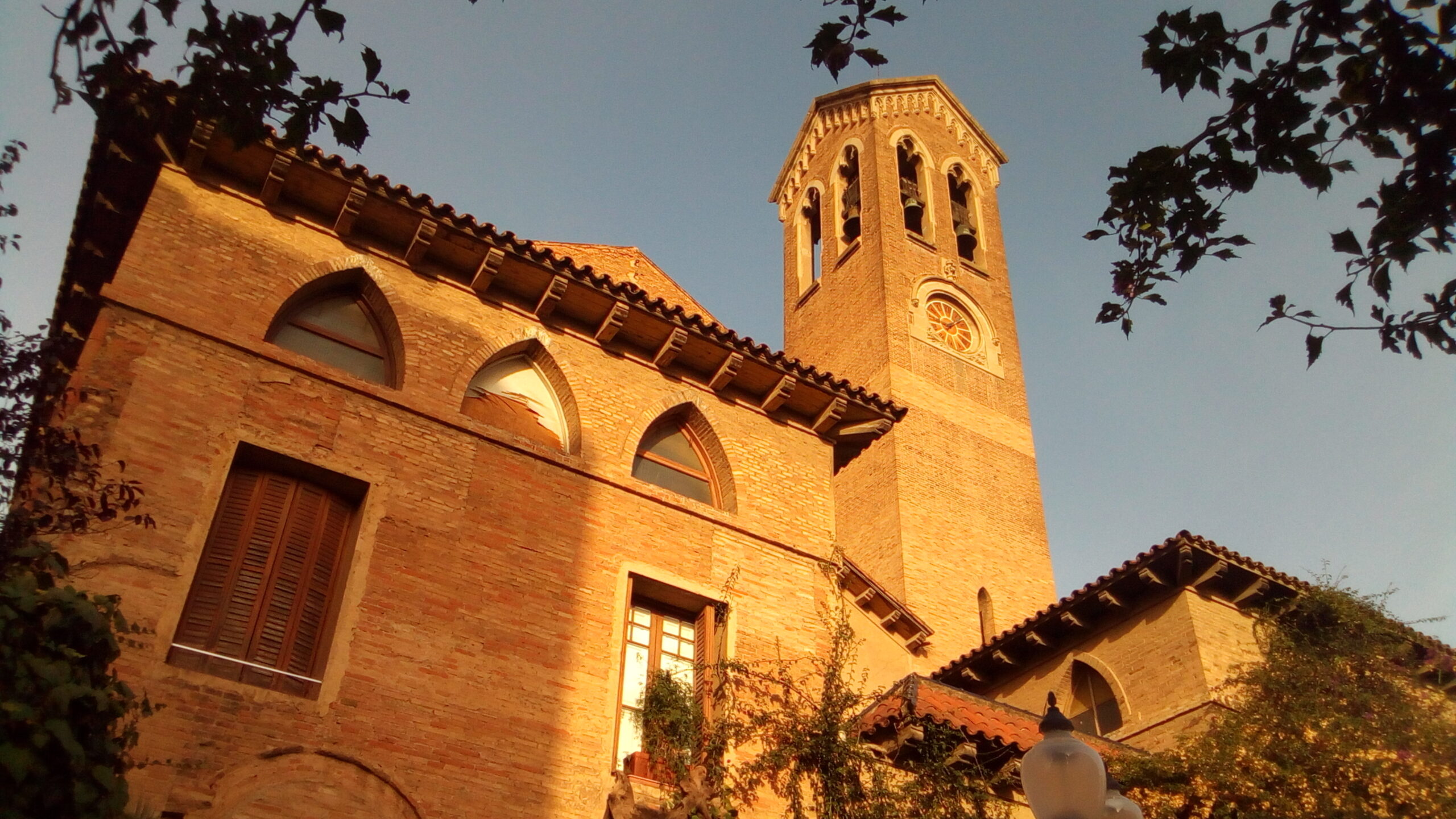A stairway to controversy: Gaudí’s vision for the Sagrada Família’s grand entrance
The proposed staircase for the Sagrada Família has sparked intense debates, as its completion would fulfill Gaudí’s vision but potentially displace thousands of residents, leaving the future of the project uncertain.
- Related to Gaudí
The Sagrada Família, one of Antoni Gaudí’s most iconic creations, has been under construction for over 140 years. As the project nears its final stages, a significant point of contention has emerged surrounding the proposed construction of a grand staircase leading up to the basilica’s Glory facade. While this feature is envisioned as a monumental entrance completing Gaudí’s original design, it has sparked heated debates due to the potential displacement of thousands of residents and businesses in the surrounding area.
Background and vision
One of the key elements that remains unfinished is the grand staircase leading to the temple’s Glory facade. This staircase, planned by Gaudí, was intended to create a grand entrance to the basilica, extending over 60 meters from the basilica to Aragó street. Gaudí envisioned this structure as part of a larger integration between the basilica and the urban landscape, connecting it to Valencia Street and allowing traffic to pass beneath.

Controversy and Legal Disputes
While the completion of the staircase may seem like the final touch to an iconic architectural work, it has sparked a significant amount of controversy. The primary issue lies in the potential demolition of three city blocks, which could affect approximately 3,000 residents and numerous local businesses.

The Association for those Affected by the Construction of the Sagrada Família, led by Salvador Barroso, has actively opposed the project. They argue that the staircase was not part of Gaudí’s original plans, pointing to the lack of concrete documentation, much of which was lost during the Spanish Civil War. Without these original sketches and models, opponents believe that constructing the staircase would be an unnecessary disruption to the community.
Supporters of the project, however, argue otherwise. Historians such as Julià Bretos suggest that Gaudí’s vision did indeed include the staircase, citing surviving photographs, sketches, and accounts from Gaudí’s assistants. They believe the staircase is essential to achieving the grandeur Gaudí envisioned for the Sagrada Família and should be completed as part of his legacy.
Current Status and Future Outlook
The controversy has placed the Barcelona City Council in a difficult position. On one side, there is a strong push to preserve the homes and businesses that could be displaced by the construction. On the other, the cultural and historical significance of finishing one of Gaudí’s most iconic works weighs heavily. The council has engaged in discussions with various stakeholders, including neighborhood associations and the Sagrada Família Foundation, in an attempt to find a solution that satisfies all parties involved.
Proposals have been made to modify the scope of the project, aiming to reduce the number of homes that would be affected. However, some argue that making alterations to Gaudí’s original design could compromise the integrity of the Sagrada Família as a whole.
As of now, the future of the staircase remains uncertain. Whether the project will proceed as planned or be modified to reduce its impact on the community is yet to be decided. In the meantime, discussions between residents, historians, and the local government continue.

The proposed grand staircase leading to the Glory facade of the Sagrada Família has become a point of both cultural significance and local controversy. While the completion of Gaudí’s vision is an exciting prospect for historians and admirers of his work, it comes at the potential cost of displacing thousands of residents and reshaping the local landscape. The outcome of this debate will ultimately determine whether Barcelona prioritizes the preservation of its community or the completion of one of its most famous landmarks.









